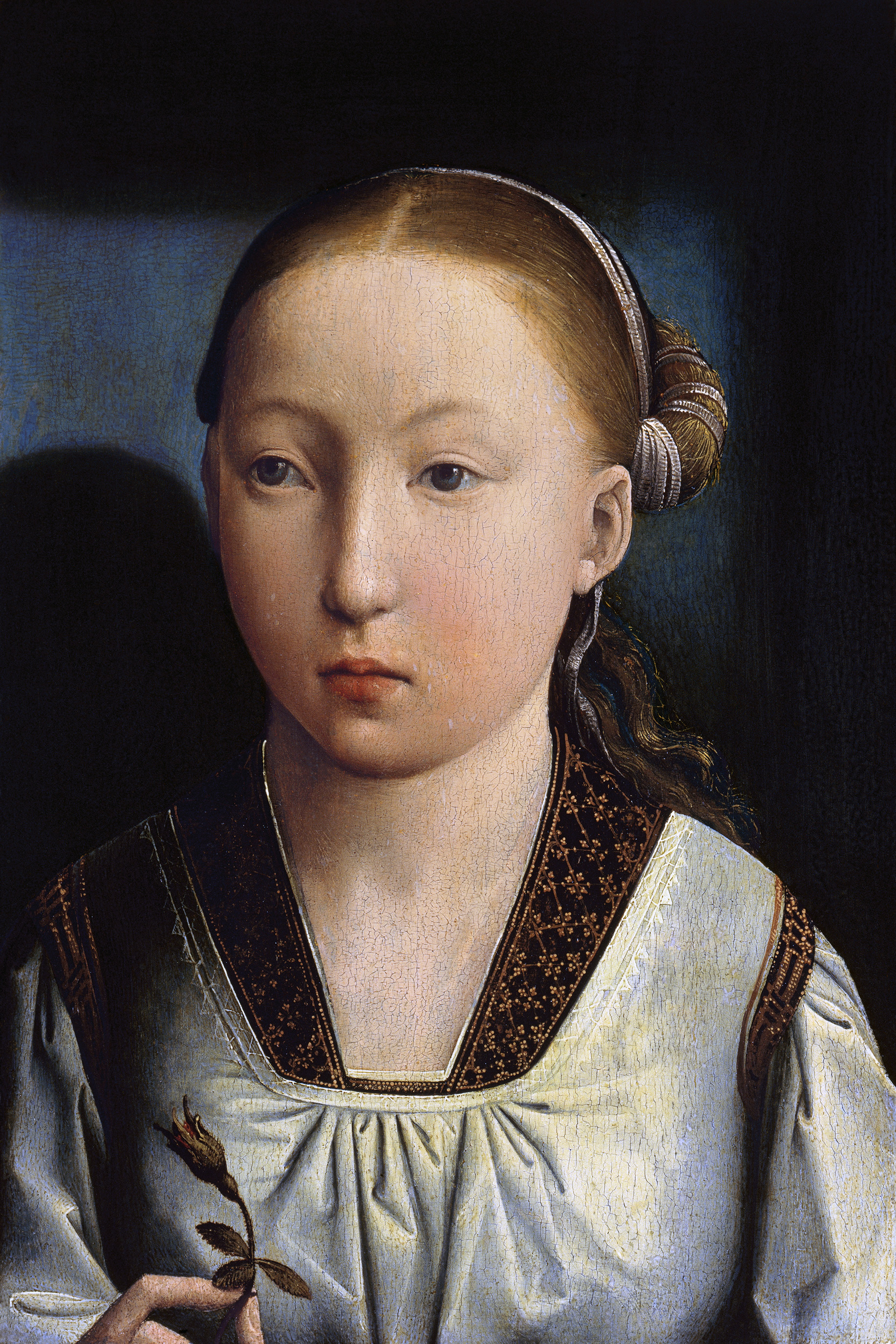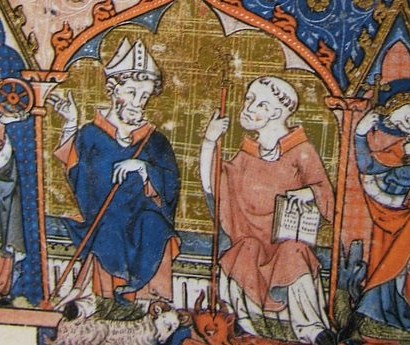|
C. H. Hartshorne
Charles Henry Hartshorne (17 March 180211 March 1865) was an English cleric and antiquary. Life Born at Broseley in Shropshire on 17 March 1802, he was the only child of John Hartshorne, an ironmaster,. He was educated at Shrewsbury School, and in 1821 entered St John's College, Cambridge, as a "pensioner", that is to say self-funded. He graduated B.A. in 1825, and M.A. in 1828. In 1825 Hartshorne was invited by his friend Frederick North, 5th Earl of Guilford, who had been appointed "archon" over the University of Corfu he had founded, to accompany him to the island, which was then ruled by the British. He travelled through Italy and made a tour in the Levant. In 1826 he returned to England. There he encountered gossip and innuendo that had blown up in his absence, concerned with a friendship he had made through the Roxburghe Club of bibliophiles with Richard Heber. ''John Bull'' hinted over two of its issues at the idea that the relationship of Heber and Hartshorne was homosex ... [...More Info...] [...Related Items...] OR: [Wikipedia] [Google] [Baidu] |
Antiquary
An antiquarian or antiquary () is an aficionado or student of antiquities or things of the past. More specifically, the term is used for those who study history with particular attention to ancient artefacts, archaeological and historic sites, or historic archives and manuscripts. The essence of antiquarianism is a focus on the empirical evidence of the past, and is perhaps best encapsulated in the motto adopted by the 18th-century antiquary Sir Richard Colt Hoare, "We speak from facts, not theory." The ''Oxford English Dictionary'' first cites "archaeologist" from 1824; this soon took over as the usual term for one major branch of antiquarian activity. "Archaeology", from 1607 onwards, initially meant what is now seen as "ancient history" generally, with the narrower modern sense first seen in 1837. Today the term "antiquarian" is often used in a pejorative sense, to refer to an excessively narrow focus on factual historical trivia, to the exclusion of a sense of historic ... [...More Info...] [...Related Items...] OR: [Wikipedia] [Google] [Baidu] |
Benthall, Shropshire
Benthall is a small village in the civil parish of Barrow, in Shropshire, England. It is situated to the south of Telford, about a mile south of Ironbridge on the River Severn, and almost contiguous with the town of Broseley. In 1951 the parish had a population of 314. On 1 April 1966 the parish was abolished and merged with Dawley and Much Wenlock Much Wenlock is a market town and Civil parishes in England, parish in Shropshire, England; it is situated on the A458 road between Shrewsbury and Bridgnorth. Nearby, to the north-east, is the Ironbridge Gorge and Telford. The civil parish incl .... See also * Listed buildings in Barrow, Shropshire * Salopian Art Pottery – art pottery made at Benthall, c.1880–1930 References External links Villages in Shropshire Former civil parishes in Shropshire {{Shropshire-geo-stub ... [...More Info...] [...Related Items...] OR: [Wikipedia] [Google] [Baidu] |
Catherine Of Aragon
Catherine of Aragon (also spelt as Katherine, historical Spanish: , now: ; 16 December 1485 – 7 January 1536) was List of English royal consorts, Queen of England as the Wives of Henry VIII, first wife of King Henry VIII from their marriage on 11 June 1509 until its annulment on 23 May 1533. She was Princess of Wales while married to Henry's elder brother, Arthur, Prince of Wales, for a short period before his death. Catherine was born at the Archbishop's Palace of Alcalá de Henares, and was the youngest child of Isabella I of Castile and Ferdinand II of Aragon. She was three years old when she was betrothed to Arthur, the eldest son of Henry VII of England. They married in 1501, but Arthur died five months later. Catherine spent years in limbo, and during this time, she held the position of ambassador of the Aragonese crown to Kingdom of England, England in 1507, the first known female ambassador in European history. She married Henry VIII shortly after his accession i ... [...More Info...] [...Related Items...] OR: [Wikipedia] [Google] [Baidu] |
Worcester, England
Worcester ( ) is a cathedral city in Worcestershire, England, of which it is the county town. It is south-west of Birmingham, north of Gloucester and north-east of Hereford. The population was 103,872 in the 2021 census. The River Severn flanks the western side of the city centre, overlooked by Worcester Cathedral. Worcester is the home of Royal Worcester, Royal Worcester Porcelain, Lea & Perrins (makers of traditional Worcestershire sauce), the University of Worcester, and ''Berrow's Worcester Journal'', claimed as the world's oldest newspaper. The composer Edward Elgar (1857–1934) grew up in the city. The Battle of Worcester in 1651 was the final battle of the English Civil War, during which Oliver Cromwell's New Model Army defeated Charles II of England, King Charles II's Cavalier, Royalists. History Early history The trade route past Worcester, later part of the Roman roads in Britain, Roman Ryknild Street, dates from Neolithic times. It commanded a ford crossing o ... [...More Info...] [...Related Items...] OR: [Wikipedia] [Google] [Baidu] |
Retrospective Review
The ''Retrospective Review'' was an English periodical published from 1820 to 1828. It was founded by Henry Southern, who edited it to 1826, as well as contributing. From 1827 to 1828 Nicholas Harris Nicolas was co-editor with Southern. It concentrated on Early Modern English literature; John Gross saw it as presaging later academic literary criticism. Contributors included: *George Frederick Beltz * James Crossley *Charles Wentworth Dilke; * William Ford *Basil Montagu *William Johnson Fox; *John Hamilton Reynolds John Hamilton Reynolds (9 September 1794 – 15 November 1852) was an English poet, satirist, critic, and playwright. He was a close friend and correspondent of poet John Keats, whose letters to Reynolds constitute a significant body of Keats' p ...; * William Stevenson * Thomas Noon Talfourd. The title was revived in the 1850s by the publisher John Russell Smith. Notes {{Reflist 1820 establishments in the United Kingdom 1828 disestablishments in the Unite ... [...More Info...] [...Related Items...] OR: [Wikipedia] [Google] [Baidu] |
Archaeological Journal/Volume 1/English Medieval Embroidery
Archaeology or archeology is the study of human activity through the recovery and analysis of material culture. The archaeological record consists of Artifact (archaeology), artifacts, architecture, biofact (archaeology), biofacts or ecofacts, archaeological site, sites, and cultural landscapes. Archaeology can be considered both a social science and a branch of the humanities. It is usually considered an independent academic discipline, but may also be classified as part of anthropology (in North America – the four-field approach), history or geography. The discipline involves Survey (archaeology), surveying, Archaeological excavation, excavation, and eventually Post excavation, analysis of data collected, to learn more about the past. In broad scope, archaeology relies on cross-disciplinary research. Archaeologists study human prehistory and history, from the development of the first stone tools at Lomekwi in East Africa 3.3 million years ago up until recent decades. A ... [...More Info...] [...Related Items...] OR: [Wikipedia] [Google] [Baidu] |



